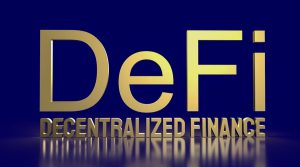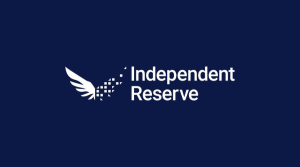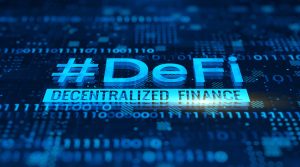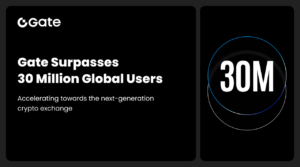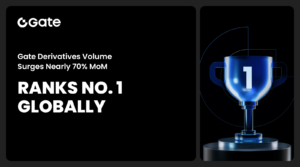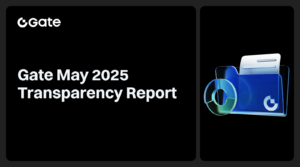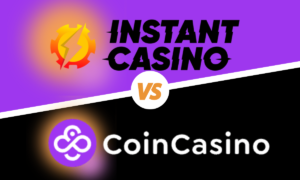DeFi and Decentralized Exchanges: Synergies and Opportunities
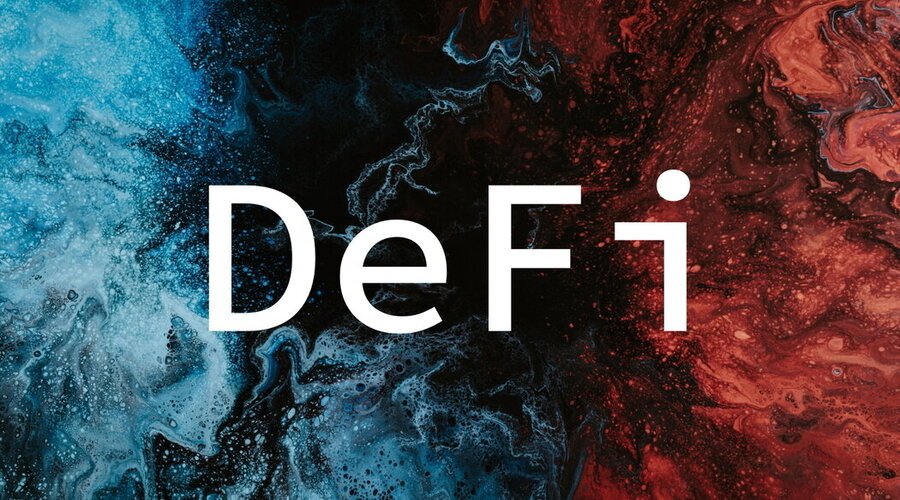
DeFi and Decentralized Exchanges: Synergies and Opportunities
In recent years, the world of finance has witnessed a remarkable transformation with the emergence of decentralized finance (DeFi) and decentralized exchanges (DEXs). These innovative technologies have disrupted traditional financial systems, providing new opportunities for individuals to access financial services in a decentralized and transparent manner. This article explores the synergies between DeFi and DEXs, highlighting the opportunities they present for users and the broader financial ecosystem.
Introduction to Decentralized Finance (DeFi)
Decentralized finance, or DeFi, refers to a system that leverages blockchain technology to recreate traditional financial instruments and services in a decentralized manner. It eliminates intermediaries, such as banks, and enables peer-to-peer transactions through smart contracts. DeFi offers a wide range of financial services, including lending, borrowing, decentralized exchanges, yield farming, and more. These services are accessible to anyone with an internet connection, without the need for a centralized authority.
Understanding Decentralized Exchanges (DEXs)
Decentralized exchanges, also known as DEXs, are an integral part of the DeFi ecosystem. DEXs allow users to trade cryptocurrencies directly with one another without the need for a centralized intermediary. They operate on decentralized platforms, utilizing smart contracts to facilitate secure and transparent transactions. DEXs offer several advantages over traditional centralized exchanges, including enhanced privacy, increased control over funds, and reduced reliance on a single point of failure.
The Synergy Between DeFi and DEXs
The synergy between DeFi and DEXs is a natural fit. DeFi protocols rely on DEXs to provide liquidity for their decentralized applications. DEXs, on the other hand, benefit from the diverse range of financial services offered by DeFi protocols. By integrating with DeFi, DEXs can offer users access to lending, borrowing, and yield farming opportunities directly from their trading platforms. This integration creates a symbiotic relationship, enhancing the overall functionality and utility of both DeFi and DEXs.
Opportunities in DeFi and DEXs
The combination of DeFi and DEXs opens up numerous opportunities for individuals and businesses alike. Users can take advantage of decentralized lending platforms to earn interest on their cryptocurrencies or borrow funds without going through the traditional banking system. They can also participate in yield farming, where they provide liquidity to DeFi protocols and receive rewards in return. Furthermore, DEXs enable users to trade a wide range of cryptocurrencies with ease, promoting financial inclusion and accessibility.
Overcoming Challenges in DeFi and DEXs
While DeFi and DEXs offer exciting opportunities, they also face challenges that need to be addressed for widespread adoption. One major challenge is the security of smart contracts and platforms. Due to the decentralized nature of these systems, vulnerabilities can be exploited by malicious actors. Additionally, scalability and high transaction fees on some blockchain networks pose scalability issues. However, ongoing advancements in technology and robust auditing practices are working towards mitigating these challenges.
The Future of DeFi and DEXs
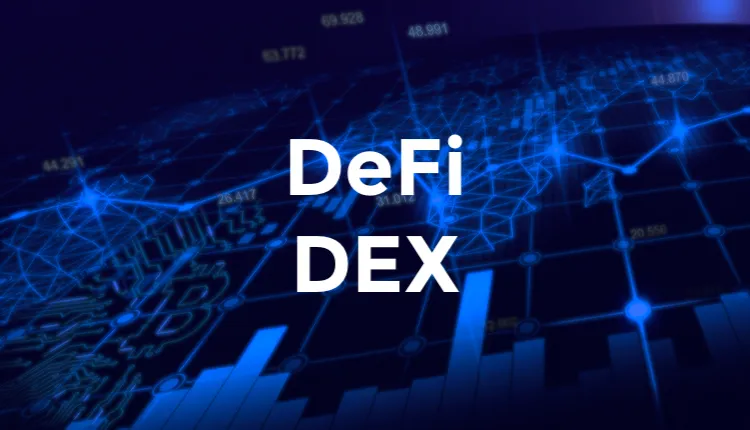
The future of DeFi and DEXs appears promising. As blockchain technology continues to evolve and gain mainstream acceptance, we can expect further innovation and refinement of DeFi protocols and DEX platforms. Interoperability between different blockchain networks will enable seamless transactions and liquidity across various decentralized exchanges. Moreover, regulatory frameworks are emerging to ensure consumer protection and foster the growth of DeFi and DEXs within the boundaries of existing financial regulations.
The Synergy Between DeFi and DEXs
The synergy between DeFi and DEXs goes beyond their complementary roles in the decentralized financial ecosystem. DEXs serve as crucial liquidity providers for DeFi protocols, allowing users to easily exchange their assets and participate in various decentralized financial activities. At the same time, DeFi protocols offer DEXs access to a broader range of financial services and opportunities. This mutual integration creates a powerful synergy that benefits users and contributes to the overall growth and adoption of decentralized finance.
By integrating with DEXs, DeFi protocols can tap into the liquidity pools provided by these exchanges, ensuring that users have sufficient funds to engage in lending, borrowing, or yield farming activities. This access to liquidity enhances the efficiency of DeFi platforms and enables users to transact with minimal slippage. Additionally, DEXs benefit from the increased trading volume generated by users who interact with DeFi protocols through their platforms.
The synergy between DeFi and DEXs also promotes innovation within the decentralized finance space. As DEXs witness increased usage and liquidity due to their integration with DeFi protocols, they are incentivized to improve their user experience, security, and overall functionality. This competition drives the development of more efficient trading mechanisms, advanced order matching algorithms, and the integration of new blockchain networks to expand the range of tradable assets. Consequently, users can enjoy a diverse and vibrant trading ecosystem.
Opportunities in DeFi and DEXs
The integration of DeFi and DEXs presents a multitude of opportunities for individuals, businesses, and the broader financial ecosystem. Let’s explore some of these opportunities:
1. Decentralized Lending and Borrowing
DeFi protocols offer decentralized lending and borrowing platforms that allow individuals to lend their cryptocurrencies and earn interest or borrow funds by collateralizing their assets. These platforms eliminate the need for traditional banks and intermediaries, providing individuals with more accessible and flexible financial services. Users can earn passive income by providing liquidity to lending protocols, while borrowers can access capital without cumbersome credit checks.
2. Yield Farming and Staking
Yield farming involves providing liquidity to DeFi protocols in exchange for rewards, typically in the form of additional tokens. Users can stake their assets in liquidity pools or participate in liquidity mining programs to earn these rewards. Yield farming presents an opportunity to earn higher returns on investments compared to traditional savings accounts or low-yield investments.
3. Decentralized Exchanges and Trading
DEXs enable users to trade cryptocurrencies directly with other users on a peer-to-peer basis. These exchanges provide increased privacy, reduced transaction costs, and greater control over funds compared to centralized exchanges. Traders can take advantage of the diverse range of trading pairs and access a wider array of tokens and assets.
4. Access to Global Financial Services
DeFi and DEXs have the potential to provide financial services to individuals in underserved regions, who may lack access to traditional banking infrastructure. With just an internet connection and a digital wallet, users can participate in the global financial ecosystem, engage in cross-border transactions, and access financial opportunities that were previously out of reach.
5. Innovation and Entrepreneurship
The decentralized finance space fosters innovation and entrepreneurship. Developers can build and deploy their own DeFi protocols, leveraging smart contracts to create new financial instruments and services. This open and permissionless environment encourages experimentation and the development of novel solutions to financial challenges, driving the growth and evolution of the DeFi and DEX ecosystem.
The opportunities within DeFi and DEXs are vast and evolving. As the technology matures and user adoption increases, we can expect to see even more innovative financial products and services emerge, empowering individuals and reshaping the traditional financial landscape.
Overcoming Challenges in DeFi and DEXs
While DeFi and DEXs offer exciting opportunities, they also face challenges that need to be addressed for widespread adoption. Let’s explore some of these challenges and potential solutions:
1. Security and Smart Contract Auditing
The decentralized nature of DeFi and DEXs introduces unique security considerations. Smart contracts, which power various protocols and platforms, need to be thoroughly audited to identify and mitigate vulnerabilities. Auditing firms play a crucial role in assessing the codebase, ensuring that it is secure and robust. Additionally, ongoing monitoring, bug bounties, and community-driven security initiatives can enhance the overall security posture of the DeFi ecosystem.
2. Scalability and Transaction Fees
As the popularity of DeFi and DEXs increases, scalability becomes a pressing concern. Blockchain networks, such as Ethereum, have faced challenges in handling the high transaction volume, leading to congestion and increased fees. Layer 2 solutions, such as sidechains and state channels, are being developed to address scalability issues and reduce transaction costs. The integration of alternative blockchain networks with faster transaction times can also alleviate these challenges.
3. User Experience and Adoption
To achieve mainstream adoption, DeFi and DEX platforms need to provide a seamless user experience. The user interfaces should be intuitive, with clear instructions and minimal technical barriers. Education and awareness initiatives are crucial in helping users understand the benefits and risks associated with decentralized finance. Improving the user experience and simplifying onboarding processes can attract a wider audience and drive adoption.
4. Regulatory Compliance
As DeFi and DEXs gain prominence, regulators are paying closer attention to the ecosystem. Regulatory compliance poses a challenge as decentralized platforms aim to maintain their core principles of decentralization and privacy. Balancing compliance with existing financial regulations while preserving the innovative nature of DeFi requires collaboration between industry participants and regulatory bodies. Developing regulatory frameworks specific to decentralized finance can provide clarity and foster a healthy and compliant ecosystem.
5. Interoperability and Standardization
Interoperability among different DeFi protocols and DEXs is essential for seamless user experiences and efficient asset transfers. Standardization of protocols, data formats, and cross-chain communication can enhance interoperability. Collaborative efforts, such as industry consortia and open-source projects, are working towards establishing interoperability standards to enable the seamless movement of assets and data between different platforms.
Addressing these challenges requires a collaborative effort from developers, auditors, regulators, and the wider DeFi community. By working together, the ecosystem can overcome these obstacles and create a more secure, scalable, user-friendly, and compliant decentralized financial environment.
Conclusion
Decentralized finance (DeFi) and decentralized exchanges (DEXs) are revolutionizing the financial landscape, offering individuals and businesses unprecedented opportunities to access financial services in a decentralized and transparent manner. The synergy between DeFi and DEXs strengthens the functionality and utility of both, providing users with enhanced liquidity, diverse financial services, and increased control over their funds. While challenges exist, ongoing advancements and regulatory developments pave the way for a promising future for DeFi and DEXs.

